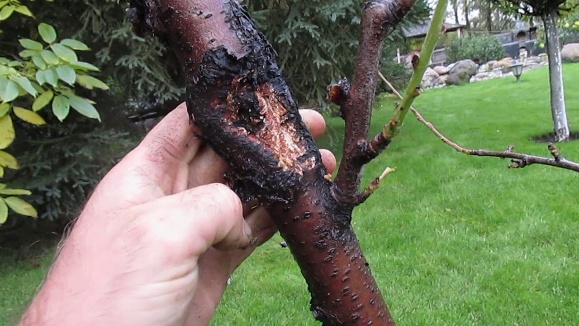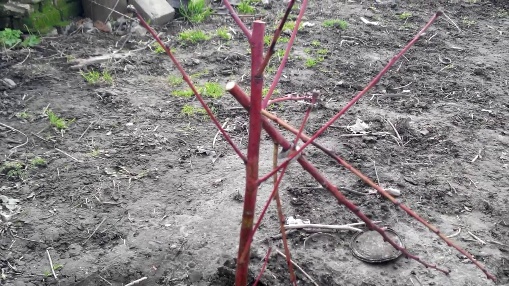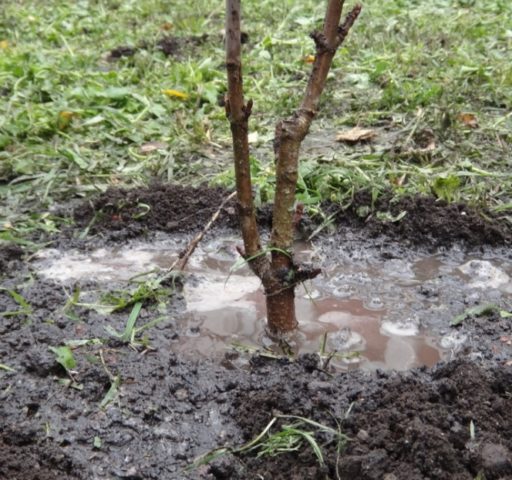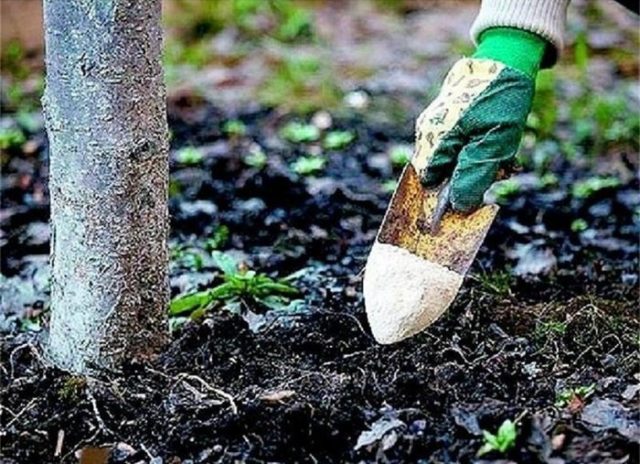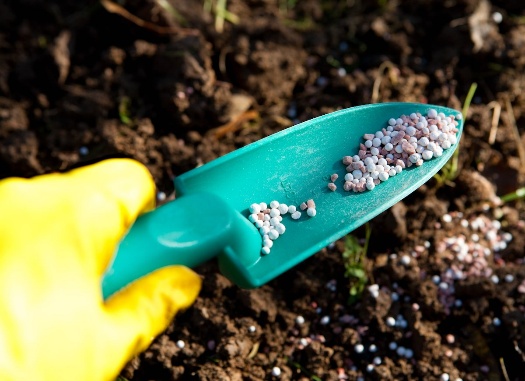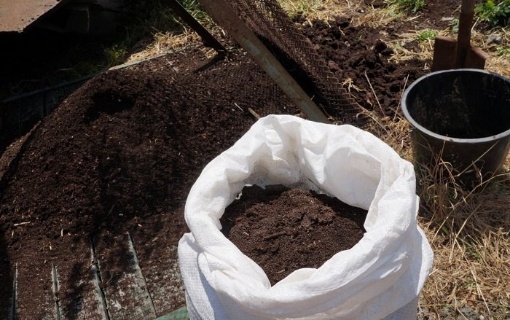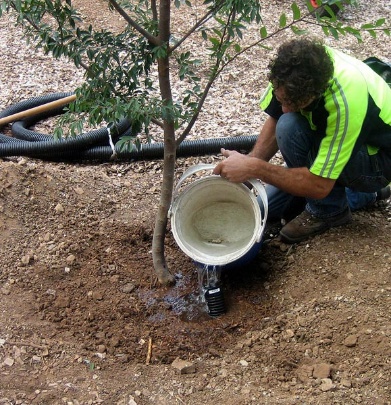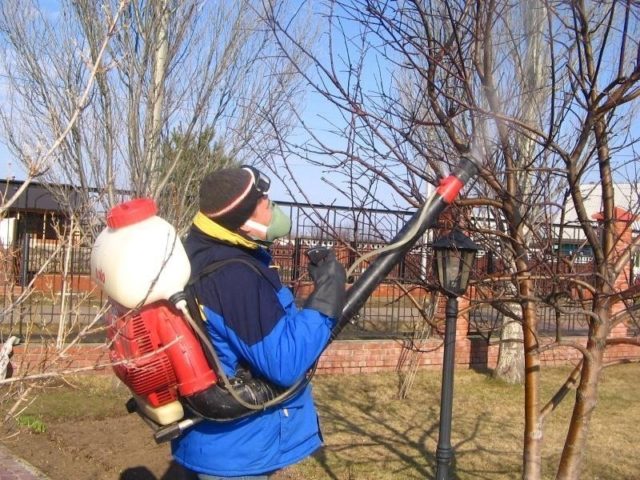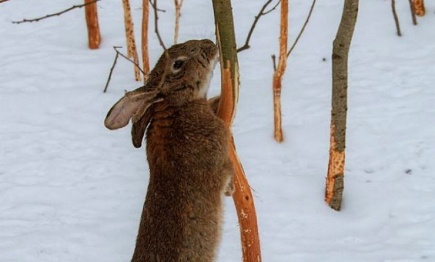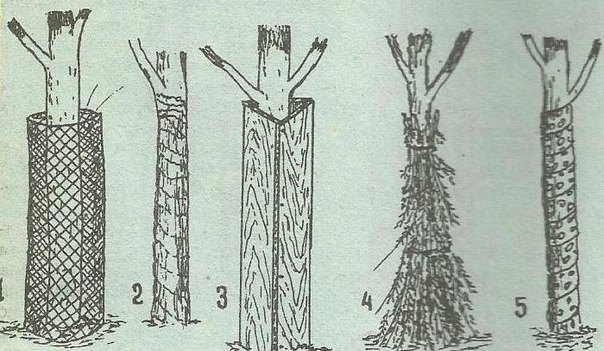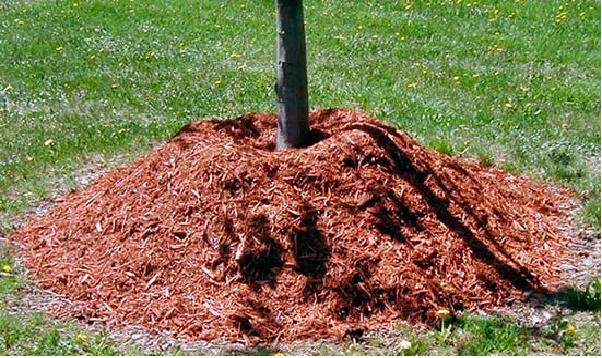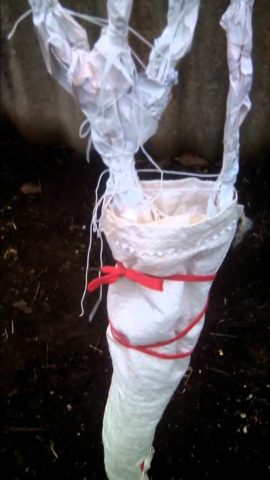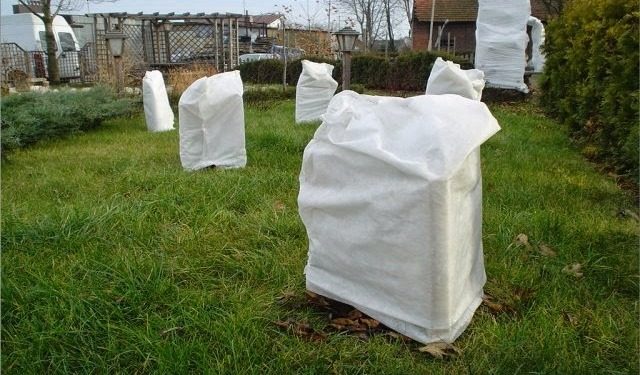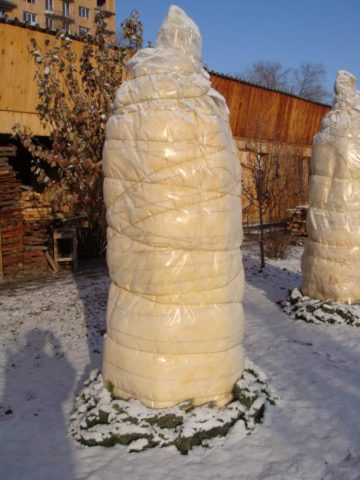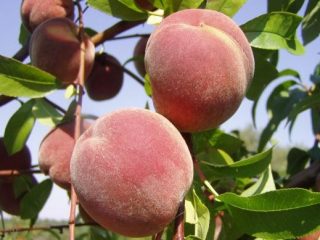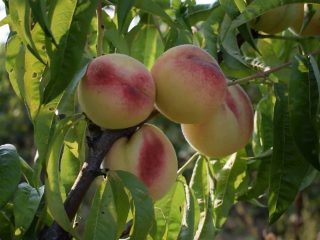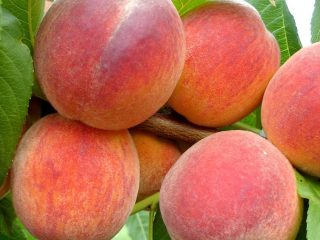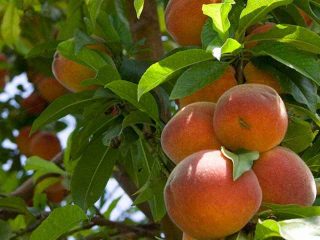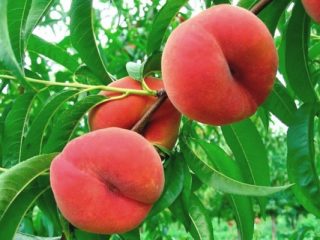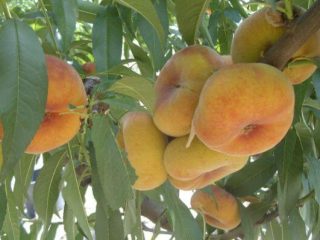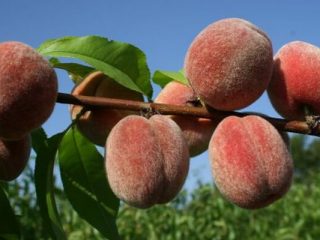Content
- 1 How to care for peach in autumn
- 2 How to rejuvenate a peach in the fall
- 3 Digging
- 4 Loosening, mulching the tree trunk circle
- 5 How to fertilize a peach in the fall
- 6 Pre-winter watering of peach
- 7 Processing peaches in the fall
- 8 How to insulate a peach for the winter
- 9 The nuances of preparing peach for winter in different regions
- 10 Conclusion
Gardeners today have invented a lot of ways to cover a peach for the winter. Peach is a southern plant, and its movement to the north is fraught with a number of difficulties. First of all, this is the freezing of trees in winter. Depending on the region, gardeners have to cover the young tree completely along with its branches, sometimes just the trunk.
How to care for peach in autumn
Preparing peach for winter includes several stages:
- pruning;
- digging up soil;
- feeding;
- pre-winter watering;
- insulation.
Autumn pruning has its own nuances and is not recommended for use in northern regions. Sometimes the stages of caring for a peach tree in the fall include mulching, which prevents the formation of an earthen crust after digging and harrowing. But the same mulch preserves pests that do not freeze out under the warming layer.
How to rejuvenate a peach in the fall
Pruning is the first stage of peach care in the fall when preparing it for winter.Pruning is carried out after harvesting in early autumn. Before winter, the plant must have time to heal its “wounds”.
Pruning is carried out in the following cases:
- for sanitary purposes;
- for crown formation;
- for rejuvenating old wood;
- if the crown is too thick;
- for long-term fruiting.
Sanitary pruning, removal of dry and diseased branches, is carried out before covering the peach for the winter. The time for sanitary pruning does not depend on the region.
Pruning a peach in the fall in order to rejuvenate the plant or to form its crown is permissible only in warm regions. To the north, it is better to postpone these procedures until spring. The same applies to other types of pruning peach trees.
The cut areas are covered with garden pitch or other similar disinfectant.
Digging
They completely dig up all the soil in the garden to the depth of a spade bayonet, without breaking up clods of earth. When frost sets in, the water remaining in the clods will loosen the soil, and the pests that find themselves without protection will die.
At first glance, this point in autumn peach care is contradicted by the procedure of loosening and mulching.
Loosening, mulching the tree trunk circle
Even in industrial gardens, after plowing with a plow, the tractor also drives with a harrow to break up very large clods of earth. The result is a fairly flat and smooth surface. Large areas in the southern regions no longer require any cultivation of peach plantations. In the north, the tree trunk circle will also have to be protected from frost.
The gardener may not be able to manually loosen the soil in the entire garden, so it will be enough to walk around the tree trunk with a rake or hoe. This loosening improves air exchange and promotes better penetration of water into the soil.
When caring for a peach tree in the fall, mulching is used in two cases:
- to prevent crust formation;
- to protect peach roots from freezing.
The second is relevant in regions with cold winters. They also cover the tree trunk circle with mulch to prevent it from sprouting in the spring. weeds. But an old tree doesn’t care about weeds; only a young tree needs mulch.
The following is used as mulch:
- sawdust;
- fallen leaves;
- cut grass;
- hay;
- straw;
- crushed bark;
- dry pine needles;
- peat.
Mulching should be done as late as possible, since pests like to hide in such organic matter for the winter. Typically, gardeners burn all remaining tops after harvesting.
How to fertilize a peach in the fall
In the fall, after fruiting, the peach needs to be fed with almost the entire set of fertilizers:
- nitrogen;
- phosphorus;
- potash;
- natural organics.
Depending on the age, the need for each fertilizer for peach trees is different.
How to feed a peach in the fall
Peaches need organic fertilizer the most. Compost or humus is added to the soil when digging. In cold regions, organic matter can be used to insulate the roots.
When feeding peaches in the fall, they are guided by the age of the plants. The fertilizer requirements for one tree are shown in the table below.
| Young trees | 3-6 years | 6-8 years | Mature trees |
Humus/compost, kg | 9-10 | 14-15 | 28-30 | 25-35 |
Superphosphate, g | 70-80 | 110-115 | 170-180 | 240-250 |
Potassium salt, g | 25-30 | 45 | 65-74 | 85-105 |
Urea, g |
| 55-60 | 110-120 | 115-135 |
Another option for applying organic fertilizer is fresh cow manure. This fertilizer is applied no more than once every 3 years and only on frozen soil. You cannot mix manure with soil.
You can also carry out foliar feeding of plants. When foliar autumn feeding of peach, the crown and branches are sprayed with a solution of urea or potassium permanganate.
When to feed peach fertilizers in the fall
For foliar feeding, peach is sprayed in early autumn, when the harvest has already been harvested, but at least 70% of the leaves remain on the trees. The solution is sprayed over the crown of plants.
“Dry” fertilizers are applied to the soil before pre-winter watering. With water, nutrients will go to the roots.
How to apply fertilizers correctly
There are rules for adding fertilizers:
- fertilizers are applied into holes 25 cm deep;
- the distance from the holes to the trunk is at least 30 cm;
- each type of fertilizing is sprinkled with a layer of soil 4 cm thick;
- Phosphorus fertilizer is added first, followed by potassium fertilizer;
- Nitrogen-containing fertilizer can even be added on top of the soil.
Compost or humus should already be mixed with the soil.
Pre-winter watering of peach
Watering is carried out in late autumn, when the tree has already fallen into hibernation and growth has stopped. But a prerequisite for pre-winter moisture-recharging irrigation: it is carried out no later than the first days of November.
The penetration depth of water must be at least 70 cm. In order for water to saturate the ground well, 5-6 buckets of water are required per 1 m² of tree trunk circle. If the groundwater is high enough, watering can be reduced. After watering, loosen the soil and, if necessary, mulch.
Processing peaches in the fall
Before covering peaches for the winter, they still need to be protected from pests and sunburn. Peaches suffer from sun damage due to insufficient watering. Most often, young trees with thin bark and annual shoots receive burns.
The importance of fall processing of peaches
Caring for peach in the fall includes mandatory treatment against diseases, tree fungi and sunburn. You cannot get rid of tree fungi, but you can extend the life of the tree. To do this, diseased branches are cut off, and the affected areas are treated with copper sulfate. This will slow down the spread of mycelium, but will not stop it.
Treatment for sunburn involves whitewashing the trunk and large branches with slaked lime. Small peach branches are sprayed with lime water at the end of autumn.
During the growing season, the plant manages to become infected with many fungal diseases, which need to be eliminated by winter. Otherwise, there will be no harvest next year. Therefore, an important stage in caring for peach and preparing it for wintering is the destruction of not only pests, but also diseases:
- moniliosis;
- powdery mildew;
- leaf curl;
- kleasterosporiosis and other diseases.
To avoid the development of pathogenic organisms after the arrival of warm days, peach plants are sprayed with fungicides in the fall.
How to process a peach in the fall
Whitewashing when caring for peach is carried out not only to avoid burns, but also to destroy harmful insects. The plants are whitened again in early spring, before the leaves appear.
To combat fungi, use a solution of copper sulfate or Bordeaux mixture. Stores also sell other ready-made fungicides for peach care in the fall.
Another important point in plant care is protecting young seedlings from mice and hares. For this purpose mechanical and chemical means are used. Chemicals are poisons. The mechanical method is to wrap the lower part of the trunks with a material inaccessible to the teeth of hares and mice. Further care for the peach depends on the choice of material. Either the shell will need to be removed periodically for ventilation, or it will be possible to make it permanent.
How to insulate a peach for the winter
After all the preliminary operations for caring for the peach have been completed, the time comes when the tree needs to be protected from the cold. There are many ways to protect a seedling from frost. In the southern regions, where frosts do not exceed -15 °C, peaches are not covered at all. The following methods can be used, depending on the region:
- insulate the roots with humus;
- cover the trunk with corn stalks or spruce branches;
- cover the trunk with soil up to the grafting site;
- make an analogue of a thermos around the barrel;
- cover the entire tree with an analogue of a hut;
- form a low-growing plant, make the crown hanging, and bend the young shoots to the ground for the winter.
The video shows an “average” way to cover a peach for the winter.
Here the gardener uses the principle of a thermos, covering the trunk with sawdust. The branches in its region will survive if the trunk remains healthy.
The nuances of preparing peach for winter in different regions
Caring for peach farther north of its homeland differs only in the methods of covering the plant for the winter. If in the south for autumn care it is enough to dig up the ground and apply fertilizer, then in the Moscow region it will be necessary to cover the trunk. You can sprinkle it with earth, you can use sawdust.
Otherwise, the sawdust or soil will get wet and damage the tree.
If the tree is very small and weak, it would be better to build a “hut” for it. The most affordable way to cover a Moscow region peach for the winter is shown in the video above. If the winter turns out to be unexpectedly cold, you can continue caring for peaches not in the fall, but in the winter, as in the video.
To cover a seedling in the Urals region, sawdust is not enough. It is necessary not only to cover the main trunk, but also to cover the branches. In this case, gardeners either wrap each branch separately or build a hut for the entire seedling.
The hut is often made on a rigid frame. Breathable non-woven material is used as the main building material. It is undesirable to use polyethylene film, as condensation may accumulate on it.
The hut can even be made from thick paper, but in this case all the peach branches will have to be gathered up. A similar preparation of peach for winter is shown in the video below, where lutrasil non-woven material is used.
Peach care in Siberia
Growing southern plants in Siberia is a labor-intensive task. And the main care problems arise when it is necessary to shelter such a southern guest from frost. When growing peach in Siberia, you need to take care in advance about the formation of its crown. The tree needs to be bent to the ground from its youth. The harvest will be lower than in the south, but the seedling will not freeze.
How to get such a crown:
- In autumn, after the leaves fall, the tree is bent to the ground. This is done on warm days, as the branches may break in frosty weather.
- The seedling is always bent in one direction, so you need to immediately choose where to bend the plant. Pegs are driven into the ground and the trunk and branches are pulled to them with ropes.
- Stiff and broken branches are cut off, and the cut is covered with garden varnish.
The result should be an analogue of polar trees, which almost creep along the ground to retain heat. Caring for such a peach in Siberia will be much easier, since it will be easy to cover it and keep the fruit buds from freezing.
Conclusion
Caring for peach in the fall is basically the same in all regions. The difference lies in the methods of protecting plants from frost. To obtain a harvest, it is necessary to choose a method of protection suitable for a particular region.
